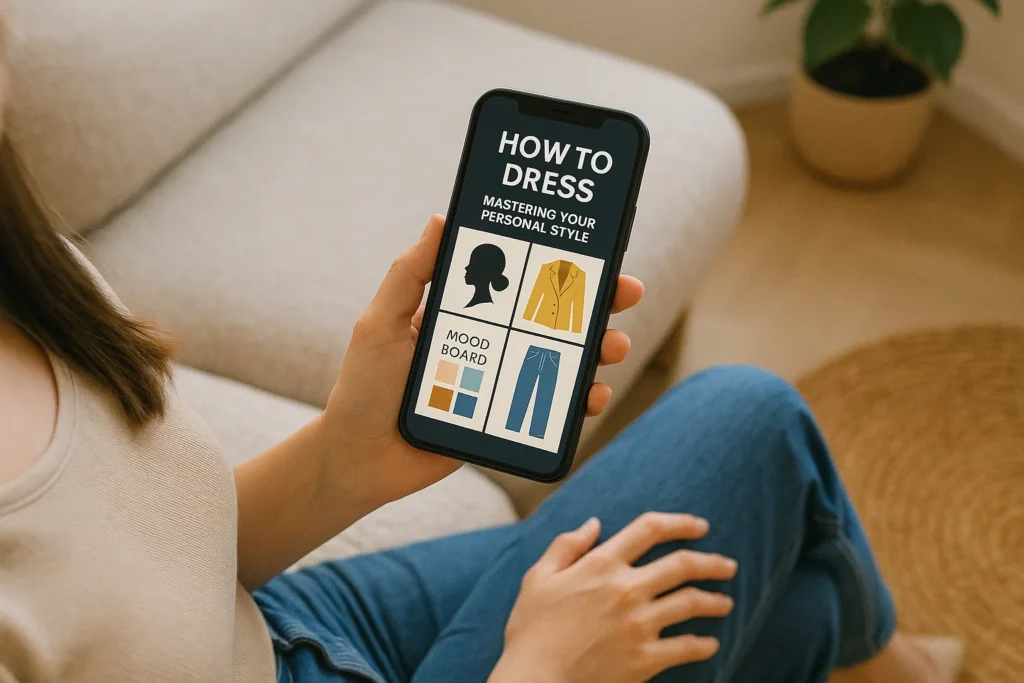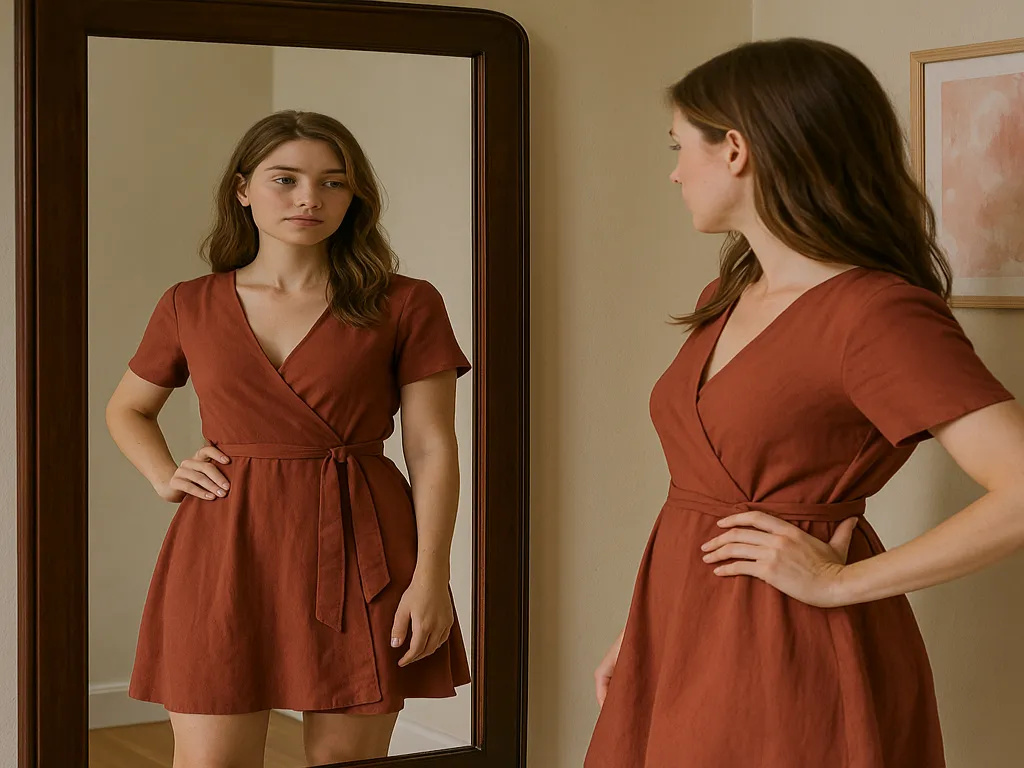In today’s fast-paced corporate world, understanding how to dress business casual is essential for making a great impression. Whether you’re heading to an important meeting, a networking event, or simply want to elevate your everyday office attire, mastering the art of business casual can set you apart. This guide will explore the nuances of business casual attire, providing you with practical tips and insights to help you navigate this dress code with confidence.
Understanding Business Casual
Business casual is a dress code that strikes a balance between formal and casual attire. It allows for more personal expression while maintaining a professional appearance. The key is to look polished and put-together without being overly formal. Here are some essential elements to consider:
- Fit: Clothes should be well-fitted, avoiding overly baggy or tight options.
- Fabric: Opt for quality fabrics like cotton, wool, or blends that offer comfort and durability.
- Color Palette: Stick to neutral colors like navy, gray, and beige, but feel free to incorporate subtle patterns or pops of color.
Essential Pieces for Your Business Casual Wardrobe
To effectively embrace the business casual style, consider incorporating the following key pieces into your wardrobe:
For Women
- Blouses and Tops: Choose tailored blouses or tops that are not too revealing. Look for classic styles with interesting details like ruffles or unique sleeves.
- Pants and Skirts: Well-fitted trousers or knee-length skirts work perfectly. Avoid denim unless it’s dark and tailored.
- Dresses: A simple, elegant dress can be an excellent choice. Ensure it’s not too short or casual.
- Blazers: A structured blazer can elevate any outfit and add a professional touch.
- Footwear: Opt for closed-toe flats or low heels. Sneakers can work if they are clean and stylish.
For Men
- Shirts: Collared shirts, such as button-downs or polo shirts, are ideal. Stick to solid colors or subtle patterns.
- Pants: Chinos or dress pants are great options. Avoid jeans unless they are dark and free of distressing.
- Blazers: A well-fitted blazer can instantly upgrade your look.
- Footwear: Leather shoes or loafers are recommended. Casual sneakers can be acceptable in some environments.
Accessorizing Your Business Casual Look
Accessories can make or break your outfit. Here are some tips on how to accessorize effectively:
- Jewelry: Keep it minimal. Simple stud earrings or a classic watch can add a touch of elegance.
- Belts: A nice belt can pull your outfit together, especially for men.
- Bags: Opt for a structured handbag or briefcase that complements your outfit.
Common Mistakes to Avoid
Even with the best intentions, it’s easy to make mistakes when dressing business casual. Here are some common pitfalls to watch out for:
- Overdressing: Avoid wearing overly formal attire, such as suits or ties, unless specifically required.
- Underdressing: On the flip side, wearing overly casual items like flip-flops or graphic tees can undermine your professionalism.
- Ignoring Grooming: Ensure your hair is neat, and your clothes are clean and pressed.
Real-Life Examples of Business Casual Attire
To help you visualize the concept of business casual, here are some real-life examples:
- A woman wearing a tailored navy blazer over a white blouse, paired with black trousers and ankle boots.
- A man in a light blue button-down shirt, beige chinos, and brown loafers, topped off with a casual blazer.
- A knee-length wrap dress with a cardigan and flats, perfect for a client meeting.
Frequently Asked Questions (FAQ)
What is the difference between business casual and casual wear?
Business casual is more polished than casual wear. It requires a professional appearance while allowing for personal style, whereas casual wear can be more relaxed and informal.
Can I wear jeans in a business casual environment?
Yes, you can wear jeans, but they should be dark, well-fitted, and free of rips or distressing. Pair them with a blazer or a smart top to elevate the look.
Are sneakers acceptable in business casual attire?
Sneakers can be acceptable if they are clean, stylish, and not overly casual. Opt for minimalist designs in neutral colors.
How can I transition my outfit from business casual to after-work events?
Layering is key. A blazer can be removed for a more relaxed look, and swapping out shoes can also help. Accessories can be changed to suit the occasion.
What should I avoid when dressing business casual?
Avoid overly casual items like sweatpants, flip-flops, and graphic tees. Also, steer clear of anything too revealing or wrinkled.
Mastering how to dress business casual is about finding the right balance between professionalism and personal style. By incorporating the essential pieces, accessorizing thoughtfully, and avoiding common mistakes, you can create a versatile wardrobe that suits any workplace environment. Remember, the goal is to feel confident and comfortable while making a lasting impression. So, go ahead and revamp your wardrobe today!
I’m Gabriela Araújo, a Brazilian-Canadian passionate about fashion, beauty, and well-being. With a background in Nutrition and over a decade of blogging experience, I bring a balanced and authentic approach to inspiring confidence and elegance in women. Proud dog mom, nature lover, and a fan of great music, movies, and cooking, I believe every detail matters in finding your best self.


